Installed unknown Term ended 14 June 1381 | Consecration March 20, 1362 Name Simon Sudbury Appointed May 4, 1375 | |
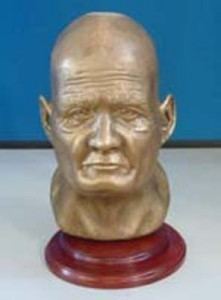 | ||
Died June 14, 1381, London Borough of Tower Hamlets, London, United Kingdom Buried Canterbury Cathedral, City of Canterbury, United Kingdom | ||
Sneaking Into The Tower Of London For The People's Revolt
Simon Sudbury (c. 1316-14 June 1381) was Bishop of London from 1361 to 1375, Archbishop of Canterbury from 1375 until his death, and in the last year of his life Lord Chancellor of England.
Contents

Life
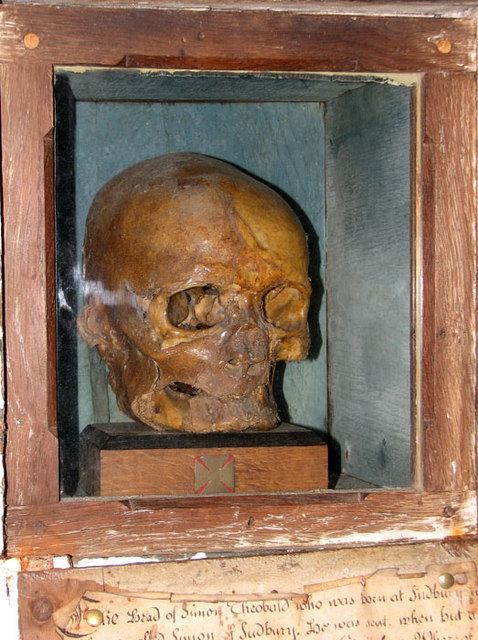
The son of Nigel Theobald, Sudbury (as he later became known) was born at Sudbury in Suffolk, studied at the University of Paris, and became one of the chaplains of Pope Innocent VI, one of the Avignon popes, who in 1356 sent him on a mission to Edward III of England.
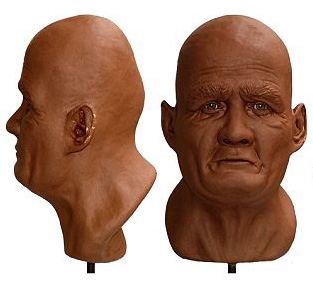
In 1361 Sudbury was made Chancellor of Salisbury and in October that year the pope provided him to be Bishop of London, Sudbury's consecration occurring on 20 March 1362. He was soon serving Edward III as an ambassador and in other ways. On 4 May 1375 he succeeded William Whittlesey as archbishop of Canterbury, and during the rest of his life was a partisan of John of Gaunt.

In July 1377, following the death of Edward III in June, Sudbury crowned the new king, Richard II at Westminster Abbey, and in 1378 John Wycliffe appeared before him at Lambeth, but he only undertook proceedings against the reformer under great pressure.
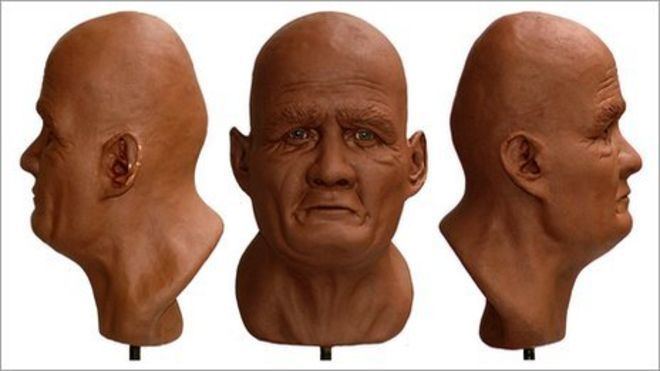
In January 1380, Sudbury became Lord Chancellor of England, and the insurgent peasants regarded him as one of the principal authors of their woes. Having released John Ball from his prison at Maidstone, the Kentish insurgents attacked and damaged the archbishop's property at Canterbury and Lambeth; then, rushing into the Tower of London, they seized the archbishop himself. So unpopular was Sudbury with the rebellious peasants that guards simply allowed the rebels through the gates, the reason being his role in introducing the third poll tax.
Death
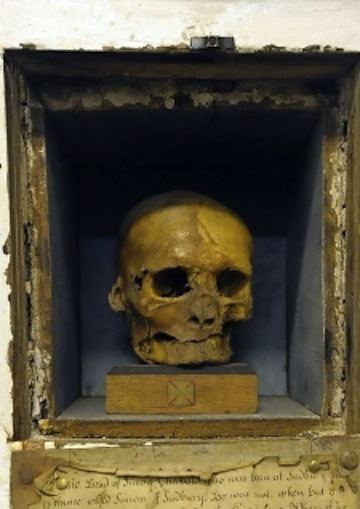
Sudbury was dragged to Tower Hill and, on 14 June 1381, was beheaded after eight blows to his neck. His body was afterwards buried in Canterbury Cathedral, though his head (after being taken down from London Bridge) is still kept at the church of St Gregory at Sudbury in Suffolk, which Sudbury had partly rebuilt. With his brother, John of Chertsey, he also founded a college in Sudbury; he also did some building at Canterbury. His father was Nigel Theobald, and he is sometimes called Simon Theobald or Tybald.
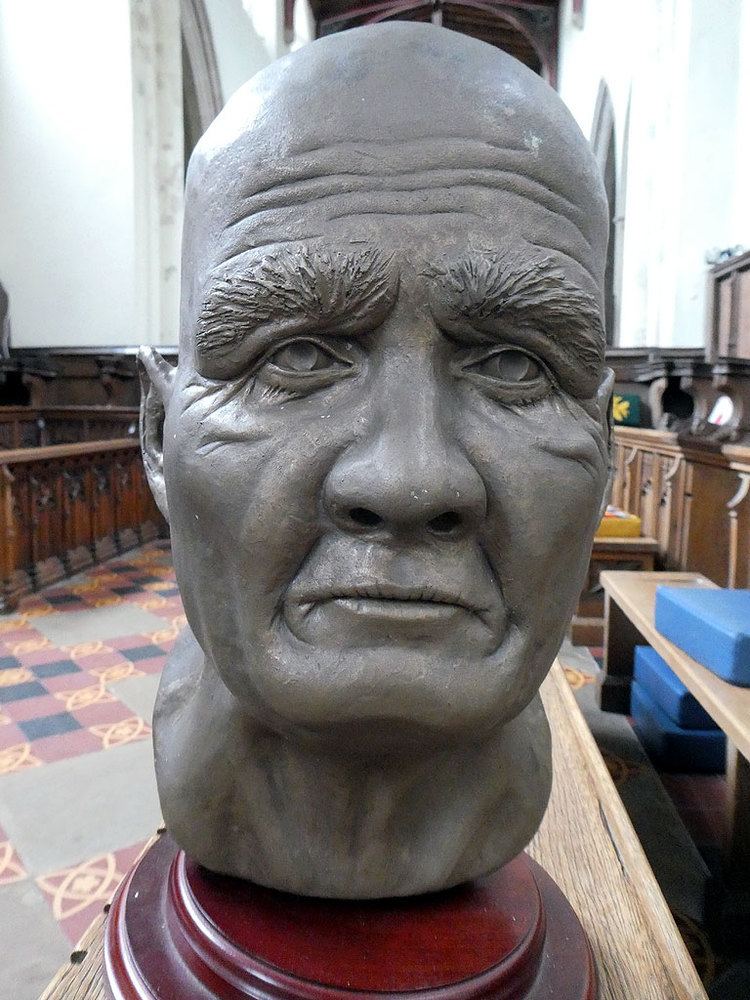
In March 2011 a CT scan of Sudbury's mummified skull was performed at the West Suffolk Hospital to make a facial reconstruction, which was completed in September 2011 by forensics expert Adrienne Barker at the University of Dundee.
